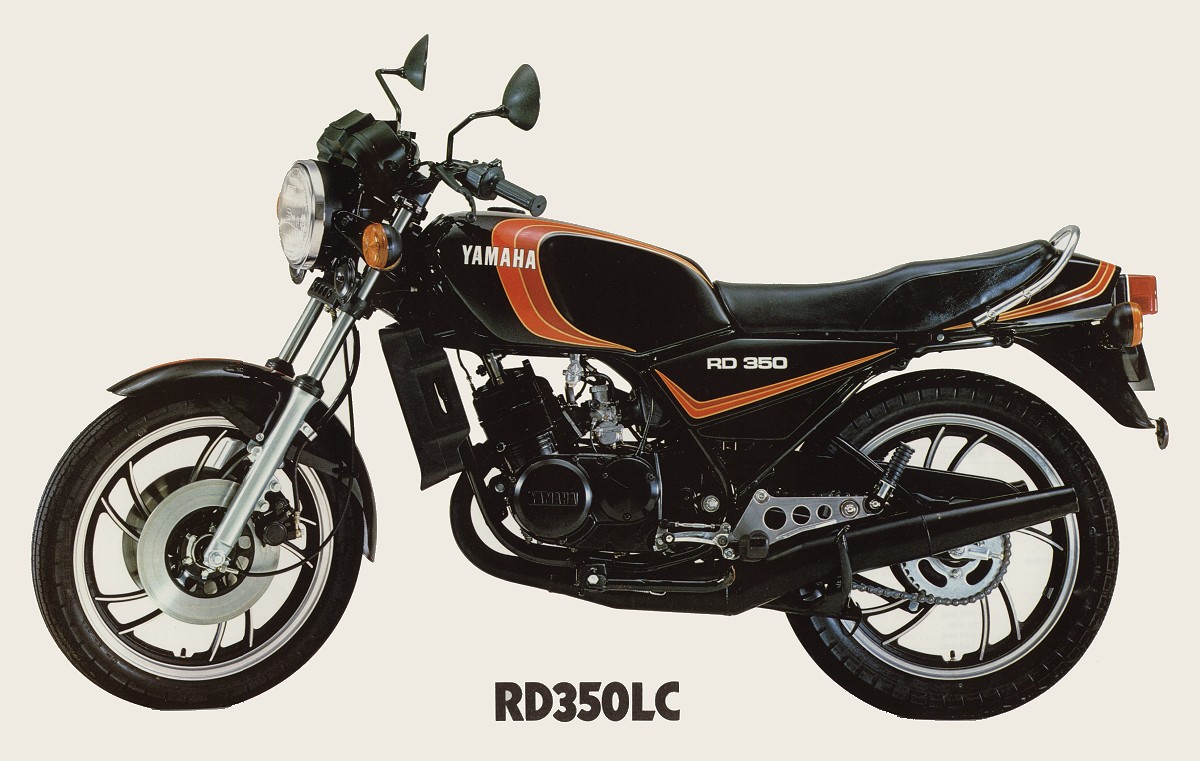A question every budding motorcycle restorer will have to answer at some point is “What sort of restoration project do I want this to be?” which really means “What sort of motorcycle do I want to have at the end of all my hard work?”.
Ultimately, to a large degree, this will depend on what you want to do with it when it’s finished…
Will you:
- ride it every day in all weathers;
- keep it in a vacuum and only take it out to shows (in the back of a van);
- ride it in competition;
- keep it for glorious summer days; or,
- (whisper it) sell it?
It will also depend on the type of person you are and what being a biker (or motorcyclist) means to you. Chances are, you’ve reached a certain point in your life and hanker after a lost age. Owing to the way our brain’s are wired, seeing stuff from the past, especially something we feel a connection with, triggers memories and these memories will often be very richly detailed and intense. Combined with the actual sounds and smells created by an old bike, you get a deeply immersive experience that is hard to put into words.
Some will want to recreate exactly the factory-fresh appearance of the bikes we saw in the showroom whilst others will want to create one-off specials of their own design. The desire to restore a machine to its original state has been around a long time and one-off specials have been a part of the motorcycling scene since the invention of the motorcycle. Over time, a whole industry has grown up to service the needs of those bent on creating machines in both camps.
However, there is a third way to enjoy motorcycles and it is, by a long way, the most prevalent. It is the improvement of standard machines to make them the same but better. Obviously, this doesn’t always work and some “improvements” actually make things worse and I’m sure we can all think of good examples of these. Allow me to make things clearer with an example. Back in the early 1980s, there was practically no such thing as a “standard” Yamaha RD350LC. In fact, there are probably more around now than there were back then! Just about everyone changed something, no matter how minor – from steering dampers, fork braces, fancy reeds, stainless steel brake hoses, alloy rear-sets, clip-on handlebars, fairings and expansion chambers at one end all the way up to having the engine professionally tuned by the inestimable Stan Stephens at the other. Personally, I was a hard-up college student and made do with better handlebar grips, stainless steel Allen-screws in place of ordinary bolts, home-made pre-load spacers in the front forks, polished ports, a re-bore and a complete nut and bolt rebuild. As I recall, a lot of effort was expended polishing the alloy fork legs and footrest hangers to remove the rough casting marks and achieve a smooth brushed finish better than any that came off the production line.
Today, as I contemplate the direction of the projects that will feature here on OilySmudges.com, many of the ambitions I had for my LC back in the early 1980s are coming back to me. I’ll be picking the best of these and combining them with some later ideas to achieve my idea of perfection for this particular model. What happens after that remains to be seen.


